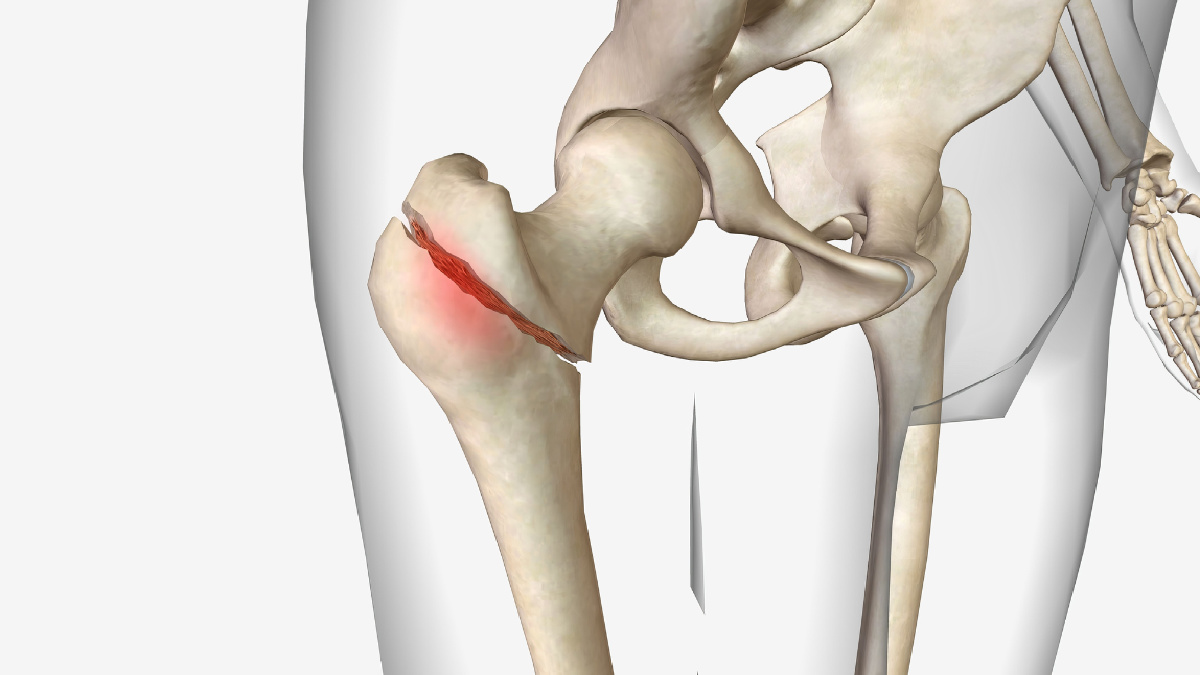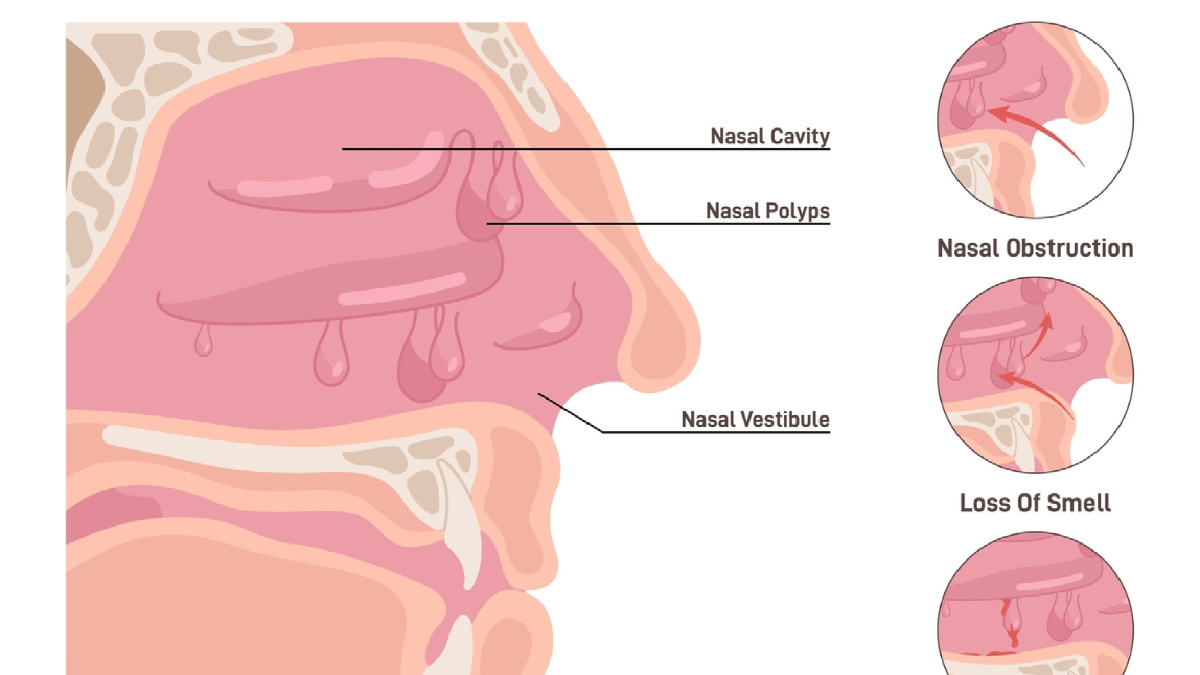Intertrochanteric fractures are a type of hip fracture that occurs in the area between the greater and lesser trochanters of the femur bone. These fractures are commonly seen in older adults, particularly those over the age of 65. The primary cause of intertrochanteric fractures is osteoporosis, a condition that weakens the bones and makes them more susceptible to fractures. Other factors that can contribute to the development of intertrochanteric fractures include falls, trauma, and certain medical conditions that affect bone health.
Intertrochanteric fractures can have serious consequences, including pain, disability, and a reduced quality of life. Treatment typically involves surgical intervention, such as the insertion of a hip replacement or the use of internal fixation devices. Rehabilitation and physical therapy are also important components of the treatment process to help patients regain mobility and function. Preventative measures, such as regular exercise, a healthy diet, and fall prevention strategies, can help reduce the risk of intertrochanteric fractures and other types of hip fractures.
Symptoms and Diagnosis
The symptoms of an intertrochanteric fracture include pain in the hip or groin area, difficulty moving the leg or walking, swelling, and bruising. In some cases, the affected leg may appear shorter than the other leg, and there may be a visible deformity or angulation of the hip joint.
To diagnose an intertrochanteric fracture, a doctor will typically perform a physical examination and order imaging tests such as X-rays or CT scans. These tests can help determine the location and severity of the fracture, as well as any other injuries or complications that may be present. Early diagnosis and treatment are crucial for a successful recovery, and patients with suspected intertrochanteric fractures should seek medical attention as soon as possible.
Treatment Options
Treatment options for intertrochanteric fractures depend on the severity of the fracture and the patient’s overall health. In most cases, surgery is the preferred treatment option as it can provide faster healing and better outcomes.
The most common surgical treatment for intertrochanteric fractures is internal fixation with a plate and screws. This involves placing a metal plate on the outer surface of the bone and securing it with screws. In some cases, an intramedullary nail may be used instead of a plate and screws. This involves inserting a metal rod into the center of the bone to stabilize the fracture. Non-surgical treatment options such as immobilization and traction may be considered for patients who are not good candidates for surgery. Physical therapy and rehabilitation are also important aspects of treatment to help patients regain mobility and strength in the affected hip.
Surgical Procedures
Intertrochanteric fractures are common in older adults due to osteoporosis, falls, and other age-related factors. These fractures occur in the region between the greater and lesser trochanters of the femur bone. Surgical procedures are often necessary to treat intertrochanteric fractures and restore mobility and function to the patient.
There are several surgical procedures available for intertrochanteric fractures, including the sliding hip screw, intramedullary nail, and dynamic hip screw. Each procedure has its own advantages and disadvantages, and the choice of procedure depends on the patient’s age, overall health, and the severity and location of the fracture. The goal of surgery is to stabilize the fracture and allow the patient to begin rehabilitation and regain mobility as soon as possible.
Rehabilitation and Recovery
Intertrochanteric fractures are a common injury among the elderly population and require proper rehabilitation and recovery to ensure a successful outcome. Rehabilitation typically starts immediately after surgery with range of motion exercises, breathing exercises, and bed mobility exercises to prevent complications such as pneumonia and blood clots. As the patient progresses, physical therapy will focus on strength training and gait training to improve mobility and prevent falls.
Recovery for intertrochanteric fractures can be a long process, and it is important for patients to have a support system in place. It is recommended that patients continue with physical therapy for several months after surgery to ensure a full recovery. In addition, a healthy diet and lifestyle, including vitamin and mineral supplements, can aid in the healing process. Overall, proper rehabilitation and recovery for intertrochanteric fractures is crucial for a successful outcome and improved quality of life.
Complications and Risks
When not treated, intertrochanteric fracture can lead to osteoporosis and trauma. Other complications can include non-union or malunion, which refers to the failure of the bone to heal properly. This can lead to chronic pain, instability, and a decreased ability to walk and perform daily activities. In more severe cases, intertrochanteric fracture can lead to blood clots, nerve, or blood vessel damage. It is important for patients to receive prompt and appropriate treatment to minimize these risks and improve their chances of a successful recovery.
Prevention and Management
Intertrochanteric fractures are common in elderly individuals and can significantly impact their quality of life. Prevention and management of these fractures are crucial to reducing morbidity and mortality rates associated with them. The prevention of intertrochanteric fractures involves identifying and addressing risk factors such as osteoporosis, falls, and hip arthritis.
Management of intertrochanteric fractures typically involves surgery, which may include the use of intramedullary nails or screws. Rehabilitation and physical therapy are also essential components of the management process to improve mobility and prevent further complications. Early intervention and comprehensive management strategies are critical to achieving successful outcomes and improving patient outcomes.
Early detection of intertrochanteric fractures cannot be overstated. These fractures are a common cause of morbidity and mortality in the elderly population and can lead to long-term disability if not treated promptly. So early detection is key to ensuring that patients receive appropriate medical attention and interventions. Consult with a medical professional right away. This help provide proper diagnosis and prompt treatment, therefore minimizing the impact of these fractures.




